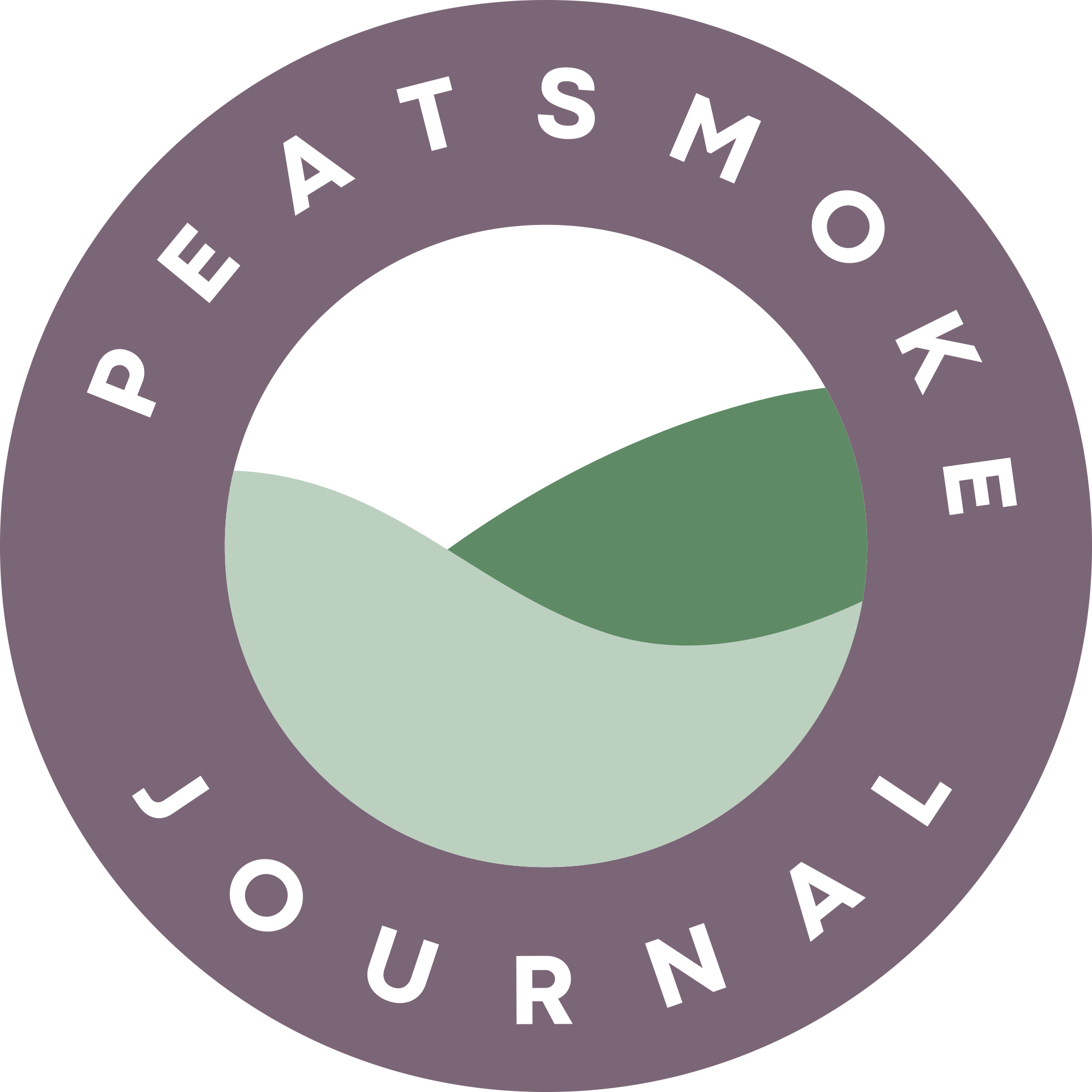Winter 2025 Artist Mini-Interviews
To give artists a chance to talk more about their process and craft, or just to give us a little more insight into their piece, we provided them with a list of questions from which they could pick one to answer. We hope you enjoy this peek behind the curtain!
Roger Camp
Q. How did you land on the title for this piece?
A: This image was taken in Puerto Williams which is the southernmost city in the world located on the southern tip of Chile at the entrance of Cape Horn. I am often drawn to subject matter through color and/or light. As color goes, the city itself is somewhat bland. Imagine my surprise when I looked inside of an empty trashcan and discovered this wonderful found abstract painting. The combination of texture (peeling rust) as well as the layers of paint made for an irresistible subject.
Eric Creech
Q: What’s a helpful art or photography tip you follow?
A: I think realizing that we each have a unique perspective is important. We each see or view the world differently. Each picture we take or piece we write is a chance to tell people what our perspective is. It is important for me to showcase my thoughts or feelings through the piece I am working on.
Sara Grant
Q: What do you feel is the hardest part or best part about creating art?
A: The most rewarding part of creating art is its ability to transform emotions and experiences into something tangible. It’s not just about crafting beauty but about expressing truth. For me, the process is a way to release what weighs on the soul. Art becomes the vessel where those feelings are placed, explored, and reimagined. Each piece I create is a dialogue, not just with myself but with others who might see a part of their own story in the work. It’s a deeply personal yet universal connection that makes art so powerful.
sewkhy tan
Q: What do you feel is the hardest part or best part about creating art?
A: As a young artist from Cambodia, the hardest part about creating my art is probably finding an audience for it. We are a small country still rebuilding our culture after our very dark history, and there aren’t many galleries or other outlets who showcase creative work. The Internet is really a life saver for artists like me, as are international publications like Peatsmoke who open doors to artists from around the world. I’m grateful to be born in my generation, because if I’d been born 20 years ago it would have been impossible for me to be an artist and be seen.
The best part is when I feel I have expressed what I wanted as beautifully or powerfully as I can, and then know that it’s connecting with other people. I recently took part in a fundraiser and solidarity event for the people of Gaza, and that was very powerful for me. I want to keep growing as an artist, and collaborating with as many creative publications and outlets like Peatsmoke as I can. If people want to watch my journey, please follow my Instagram page, @sewkhys_art.
Holly Willis
Q: How did this piece begin? What was its seed idea?
A: Emotional Landscapes 43 began last summer as I stared out over the water to the horizon line on both the east coast and the west coast, working through a series of difficult emotions. I started taking pictures, focusing on the beautiful shift in color where the sky and the land meet. Later, I made the images more extreme, crafting rich, luscious, often exorbitant landscapes. I made over 100 of these images, each with bold colors and lots of grain, pushing the photographs almost to the point of glitchy collapse. The process of crafting not images of a real world but maps of the psyche was ultimately restorative, and I experienced intimately the tangible permeation of art into my life.
